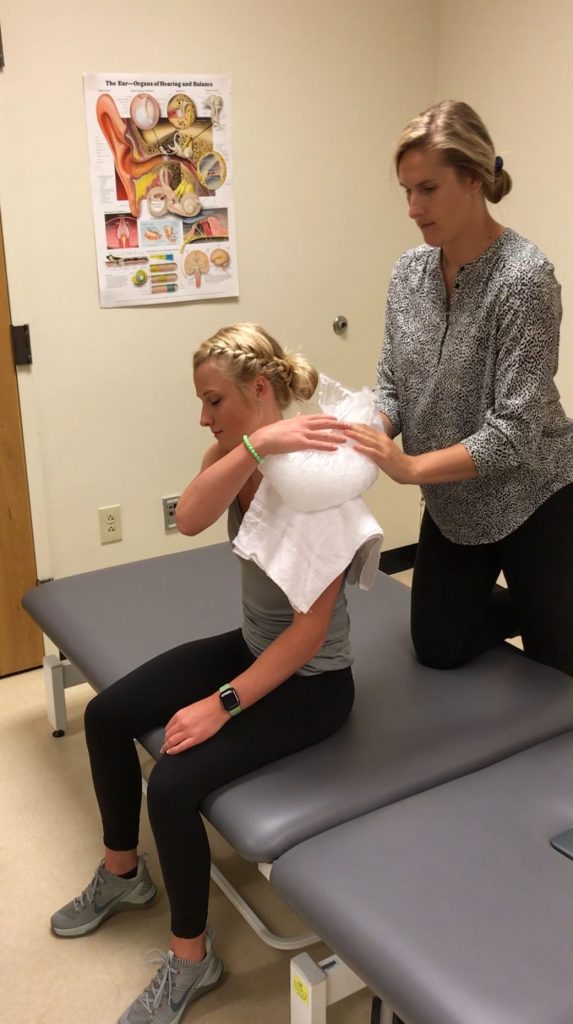Why Rest and Recovery are Key to Achieving Your Goals

By: John Kobal, CSCS, Neuro Fitness Coordinator
We’re all programmed to work toward goals. Your goal may be to get the degree you’re seeking, run a marathon, or save for the car you want. All of these goals are very unique yet all share a common ground – they require effort. This effort can be physical or mental, but oftentimes both.
Once we have our goal figured out, we constantly work toward it, pushing us closer toward the finish line. However, most of us don’t realize the stress this can cause our bodies. This can actually slow us down instead of spring us forward. It is hard to realize that sometimes less is actually more.
For example, let’s take the person whose goal is to run a marathon. During the first week of training, motivation is extremely high. They lace up their shoes and on day one, run as far as they can. The next day, they do the same, and so on. Although they are racking up the miles, they are also racking up stress and strain on their body and soon will be unable to run. This person will eventually give up, not because they gave up on their desire to run the marathon, but instead because they are missing two key elements: rest and recovery.
Rest and recovery can seem unrelated and even counterproductive, but remember the phrase “less is more.” Although the person training for the marathon won’t need to rest or recover during the actual race, these two things allow them to perform at their highest level every single time they train and, eventually, on race day.
So what do rest and recovery look like? Time frames can look different for everyone, but key elements include:
- Getting uninterrupted sleep
- Eating a wide variety of whole foods
- Drinking water
- Avoiding alcohol and tobacco
- Improving the mobilization and flexibility of muscles and joints
- Doing something completely unrelated to your goal for clarity
These six things can help lower our cortisol (stress hormone) levels and ultimately prevent us from burning out.
You should rest and recover as often, if not more, than you train. Our bodies need tune ups even when we feel great. To quote Kelly Starrett, author of multiple personal mobility books including Becoming a Supple Leopard, “All human beings should be able and willing to perform basic maintenance on themselves.” Without doing the things needed to maintain our bodies, we are destined to regress over time. Oftentimes, it will go unnoticed until it’s too late and the body gives out in the form of a torn rotator cuff, knee ligament, or hernia.
So, what can you do to prevent these injuries? Participating in the following practices can all be beneficial:
- Yoga
- Massage
- A stretching protocol
- Foam rolling
- Electrical stimulation
These are just some of the features in the Sheltering Arms Rest and Recovery program. Whole-body vibration, Hypervolt percussion massage, and heat and ice are also offered through the program. This program is for anyone. To find out more about how this program can be beneficial to your specific needs or to schedule a session, call (804) 764-5275 or click here to visit us online.
This technology and other devices like it are made possible through the generous support of our donors to the Sheltering Arms Foundation Annual Fund. If you would also like to help others find their Power to Overcome, please consider a donation to Sheltering Arms Foundation by clicking the link below.